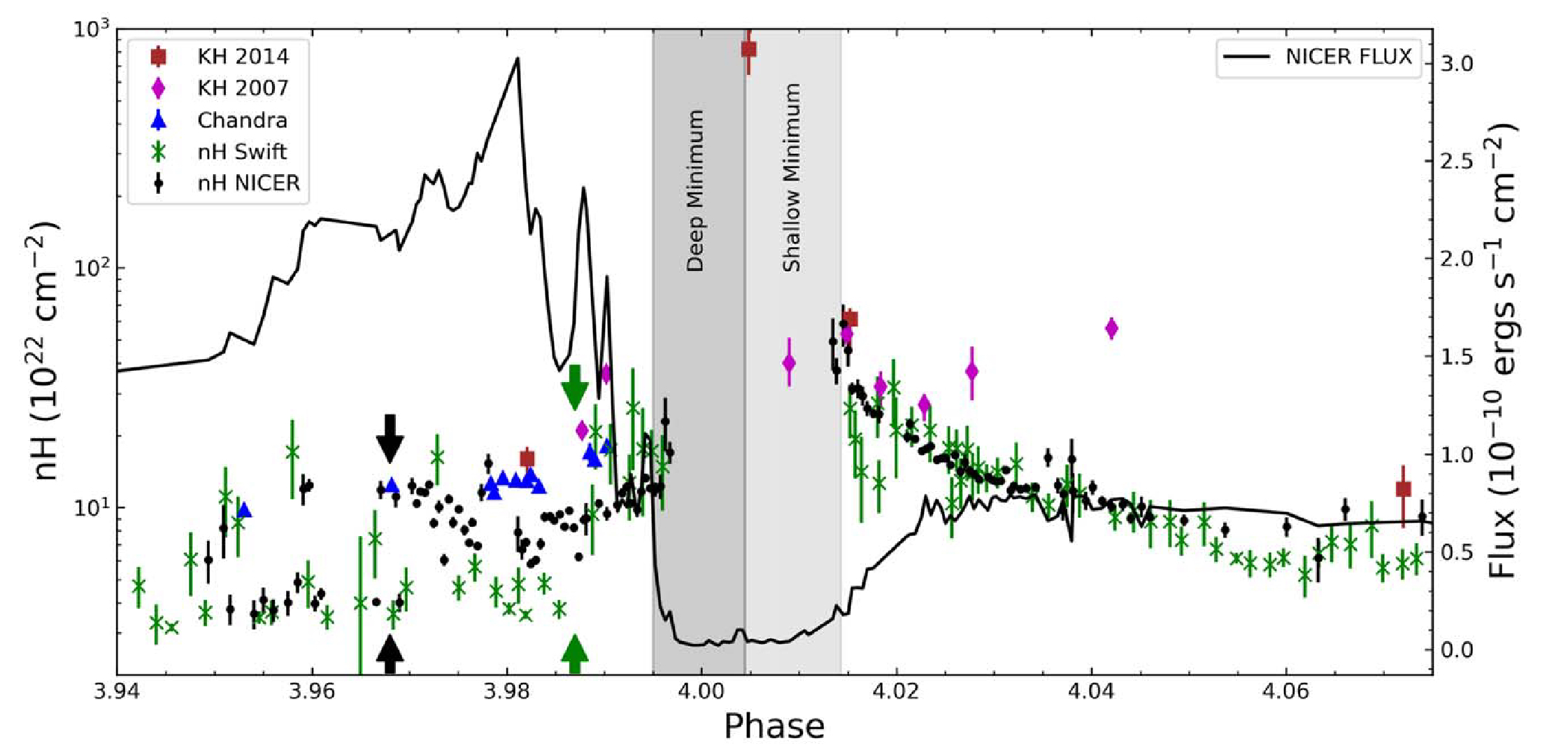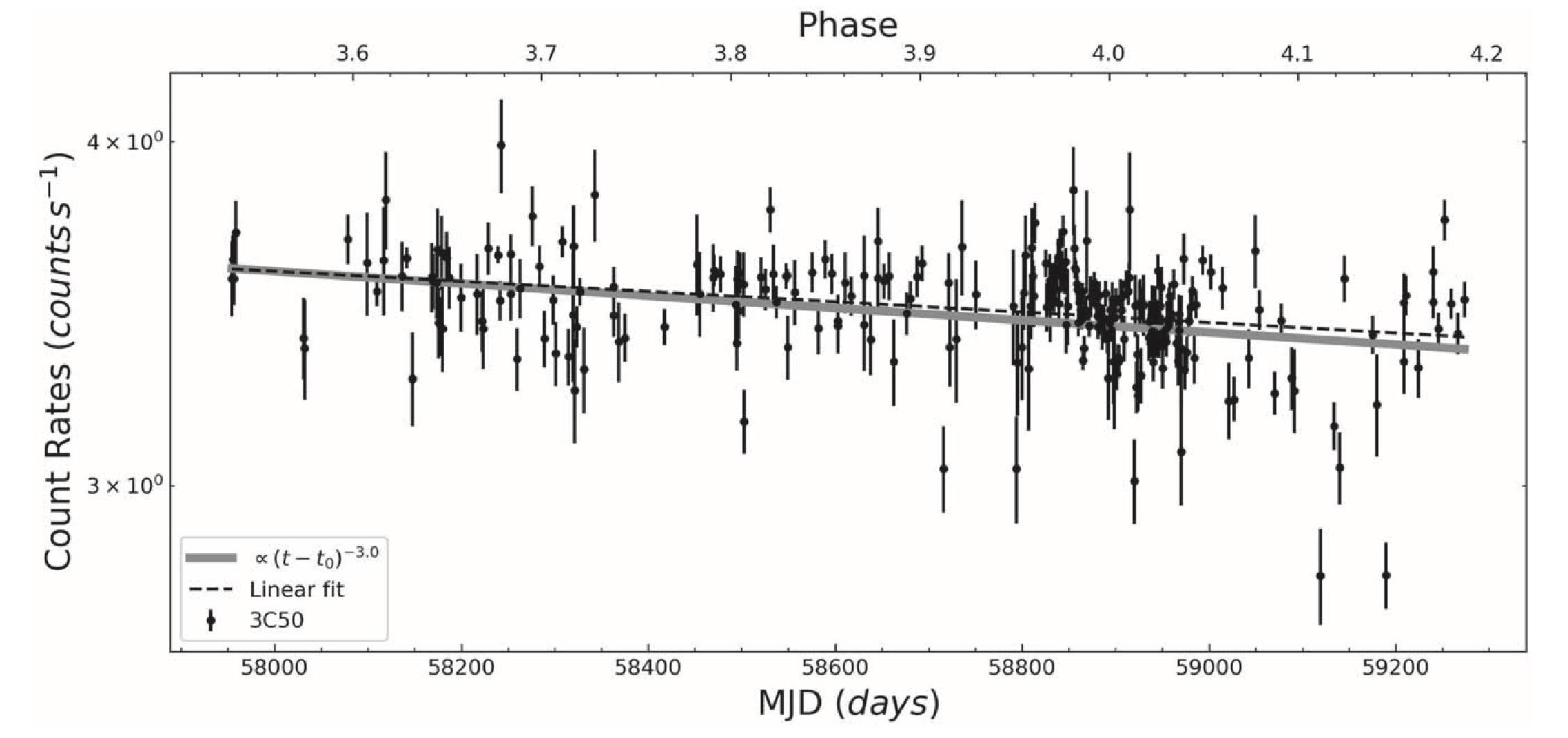NICER / ISS Science Nugget
for July 28, 2022
NICER Reveals The Shocking and Explosive Nature of the Superstar Eta Carinae
Eta Carinae is the most luminous and massive star within 10,000 lightyears of earth, and is nearby example of the rarest stars known. Eta Carinae is orbited by a smaller, hotter companion star, and the collision of the stellar wind from Eta Carinae with the wind from this companion produces X-ray emission visible to NICER. Eta Carinae is perhaps best known for a mysterious explosion in the 1840Ős which was nearly as powerful as a supernova, although in this case the star somehow survived. The matter ejected during this explosion produced a strong blast wave which still today produces an extended region of million-degree X-ray emitting gas surrounding Eta Carinae. NICER has been studying the X-ray emission from Eta Carinae since shortly after launch, and an analysis of the NICER observations has recently been published by David Espinoza-Galeas and his collaborators in the Astrophysical Journal (and an accompanying article in Astronomy Magazine).
The NICER X-ray observations confirm the variations of the colliding wind X-ray emission as the stars move through their orbit and provide some of the best measurements of the eclipse-like X-ray minimum which occurs when the two stars are closest to each other. These observations show that, for such an unstable star, the amount of matter carried in its strong stellar wind has been remarkably stable at least over its last two orbits. NICER also discovered a surprising decline in the X-ray brightness of the hot outer ejecta, allowing an estimate of the amount of X-ray emission produced at the time of the 1840Ős explosion. Although the ejecta is relatively faint at present, the decline in X-ray brightness of the ejecta seen by NICER suggests that the X-ray emission produced by the 1840Ős explosion was enormous, about as powerful as the all the radiation emitted during the explosion at optical wavelengths. This would make the 19th century explosion of Eta Carinae one of the brightest X-ray transients visible from earth, if we only had the technology to see it.


Figure:
Left: Comparison of X-ray absorption seen by NICER (black symbols) and Swift (green symbols). Although the NICER observations were one binary orbital cycle later than the Swift observations, the amount of X-ray absorption after the X-ray flux minimum near phase = 4.0 (black line) is nearly identical between the two, indicating that mass lost in the wind is the same to within about 10%. Right: The decline in low-energy flux from the shocked ejecta from the 1840Ős outburst. Extrapolating backwards, simple modeling suggests that the Eta Carinae would have been one of the brightest X-ray sources in the sky at the time of the explosion. Both figures from Espinoza-Galeas et al. (2022).
<< Previous
Main Index
Next >>